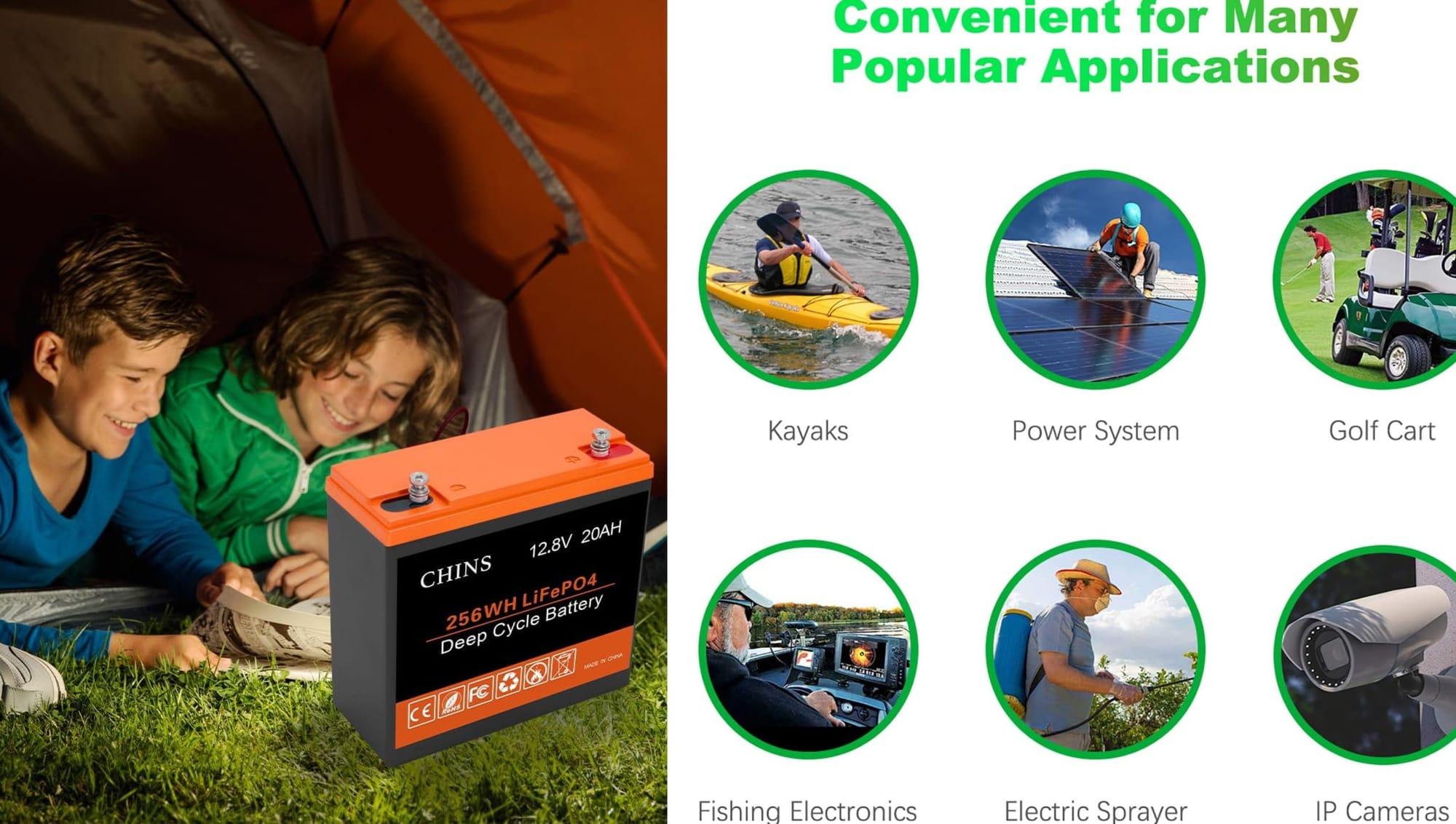How Long Do LFP Batteries Last? An Engaging Exploration
On average, LFP batteries can last between 10 to 15 years, with a typical cycle life of around 2,000 to 4,000 charge-discharge cycles.

Key Takeaways:
- LFP batteries offer impressive longevity, often surpassing other battery types.
- Factors such as usage patterns, charging habits, and environmental conditions significantly impact LFP battery lifespan.
- Proper maintenance and understanding of LFP batteries can maximize their lifespan and efficiency.
Introduction to LFP Batteries
LFP batteries, or Lithium Iron Phosphate batteries, have become a popular choice in various applications, from electric vehicles to renewable energy storage. Their durability and safety make them stand out in the battery market. But how long do these batteries actually last? Let's dive into the details.
The Basics of LFP Batteries
LFP batteries are a type of lithium-ion battery that uses iron phosphate as the cathode material. This composition provides several advantages, including a longer lifespan, better thermal stability, and enhanced safety. Unlike other lithium-ion batteries, LFP batteries are less prone to overheating and thermal runaway, making them a reliable choice for many applications.
Typical Lifespan of LFP Batteries
On average, LFP batteries can last between 5 to 15 years, depending on various factors. This longevity is significantly higher compared to other lithium-ion batteries, which typically last around 2 to 5 years. The extended lifespan of LFP batteries makes them a cost-effective solution in the long run, especially for applications requiring frequent cycling.
Factors Affecting LFP Battery Lifespan
Several factors influence the lifespan of LFP batteries. These include usage patterns, charging habits, and environmental conditions. For instance, frequent deep discharges and high charging rates can reduce the battery's lifespan. Similarly, exposure to extreme temperatures can also negatively impact the battery's performance and longevity.
Usage Patterns and Their Impact
How you use your LFP battery plays a crucial role in determining its lifespan. Regularly discharging the battery to very low levels and then charging it to full capacity can strain the battery, leading to a shorter lifespan. Instead, maintaining a moderate charge level and avoiding deep discharges can help extend the battery's life.
Charging Habits: Best Practices
Adopting good charging habits is essential for maximizing the lifespan of LFP batteries. Avoiding fast charging and opting for slower, more controlled charging cycles can reduce stress on the battery. Additionally, it's beneficial to charge the battery before it drops below 20% and avoid charging it to 100% frequently.
Environmental Conditions
Environmental factors such as temperature and humidity can significantly affect LFP battery lifespan. High temperatures can accelerate the degradation of the battery's components, while extremely low temperatures can reduce its efficiency. Storing and using the battery in a controlled environment can help maintain its performance and longevity.
Case Study: LFP Batteries in Electric Vehicles
Electric vehicles (EVs) are one of the primary applications of LFP batteries. A study conducted on a fleet of electric buses equipped with LFP batteries showed that the batteries retained over 80% of their capacity after 5 years of use. This impressive performance highlights the durability and reliability of LFP batteries in demanding applications.
Renewable Energy Storage
LFP batteries are also widely used in renewable energy storage systems. Their ability to handle frequent charge and discharge cycles makes them ideal for storing energy generated from solar panels and wind turbines. In such applications, LFP batteries can last up to 10 years or more, providing a sustainable and efficient energy storage solution.
Maintenance Tips for LFP Batteries
Proper maintenance is key to extending the lifespan of LFP batteries. Regularly checking the battery's state of charge, avoiding overcharging, and keeping the battery clean and dry can help maintain its performance. Additionally, using a battery management system (BMS) can provide valuable insights into the battery's health and help prevent potential issues.
The Role of Battery Management Systems
A Battery Management System (BMS) is an essential component for ensuring the longevity of LFP batteries. The BMS monitors the battery's state of charge, temperature, and overall health, providing real-time data and alerts. By preventing overcharging, deep discharges, and overheating, a BMS can significantly extend the battery's lifespan.
Comparing LFP Batteries to Other Lithium-Ion Batteries
When compared to other lithium-ion batteries, LFP batteries offer several advantages. They have a longer lifespan, better thermal stability, and are less prone to safety issues. While they may have a slightly lower energy density, their overall performance and durability make them a preferred choice for many applications.
Cost-Effectiveness of LFP Batteries
Although LFP batteries may have a higher initial cost compared to other battery types, their extended lifespan and lower maintenance requirements make them a cost-effective solution in the long run. The reduced need for frequent replacements and the ability to handle more charge cycles contribute to their overall cost-effectiveness.
Real-World Applications of LFP Batteries
LFP batteries are used in a wide range of applications, from electric vehicles and renewable energy storage to portable electronics and backup power systems. Their versatility and reliability make them suitable for various industries, including automotive, aerospace, and telecommunications.
Future Trends in LFP Battery Technology
The future of LFP battery technology looks promising, with ongoing research and development aimed at improving their performance and efficiency. Advances in materials science and battery design are expected to further enhance the lifespan and energy density of LFP batteries, making them an even more attractive option for various applications.
Conclusion
LFP batteries offer impressive longevity and reliability, making them a popular choice for many applications. By understanding the factors that affect their lifespan and adopting proper maintenance practices, users can maximize the performance and efficiency of LFP batteries. Whether used in electric vehicles, renewable energy storage, or other applications, LFP batteries provide a durable and cost-effective energy storage solution.
Summary
LFP batteries are known for their long lifespan, often lasting between 5 to 15 years. Factors such as usage patterns, charging habits, and environmental conditions play a significant role in determining their longevity. Proper maintenance and the use of a Battery Management System can help extend the lifespan of LFP batteries.
Their durability and reliability make them a preferred choice for various applications, including electric vehicles and renewable energy storage. So when you are ready click the button below to see which LFP Batteries that we have selected for you to try out so you too can have a cost-effective energy storage solution.

